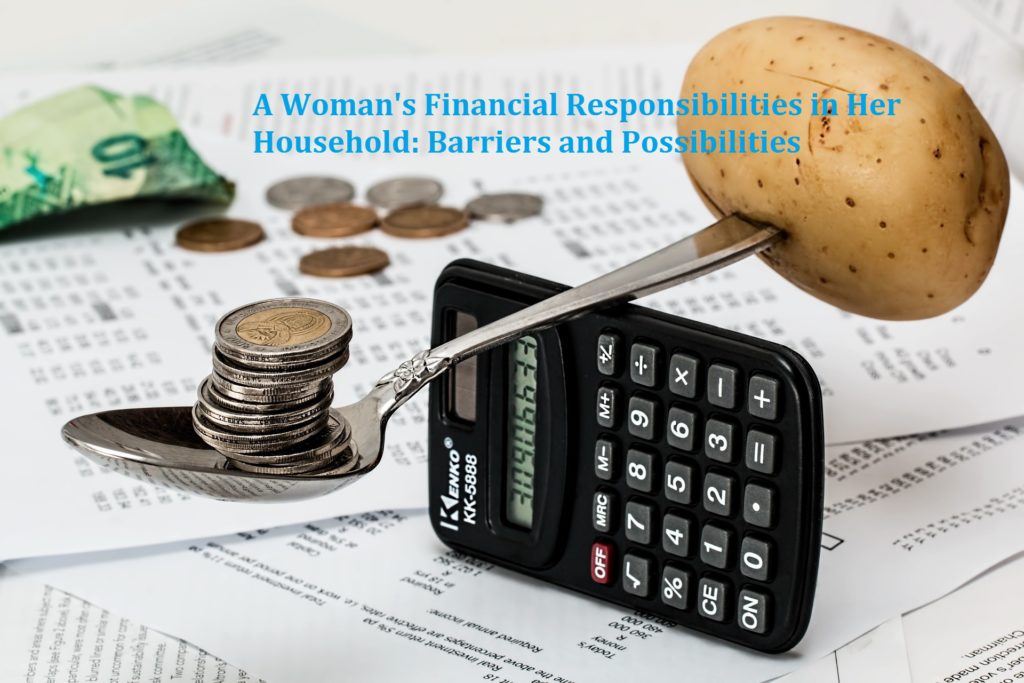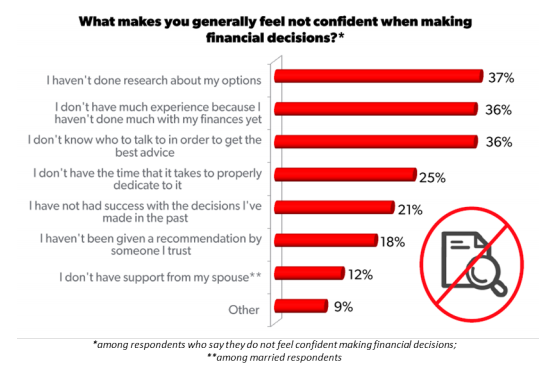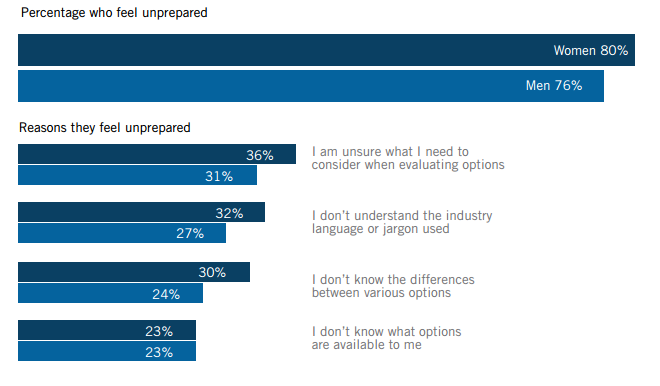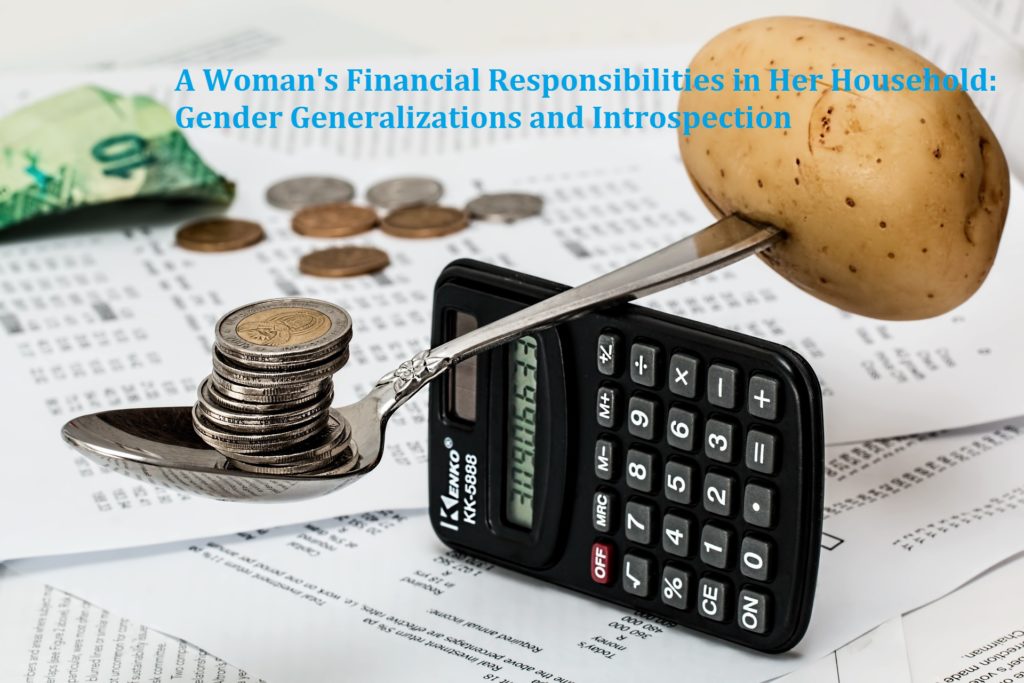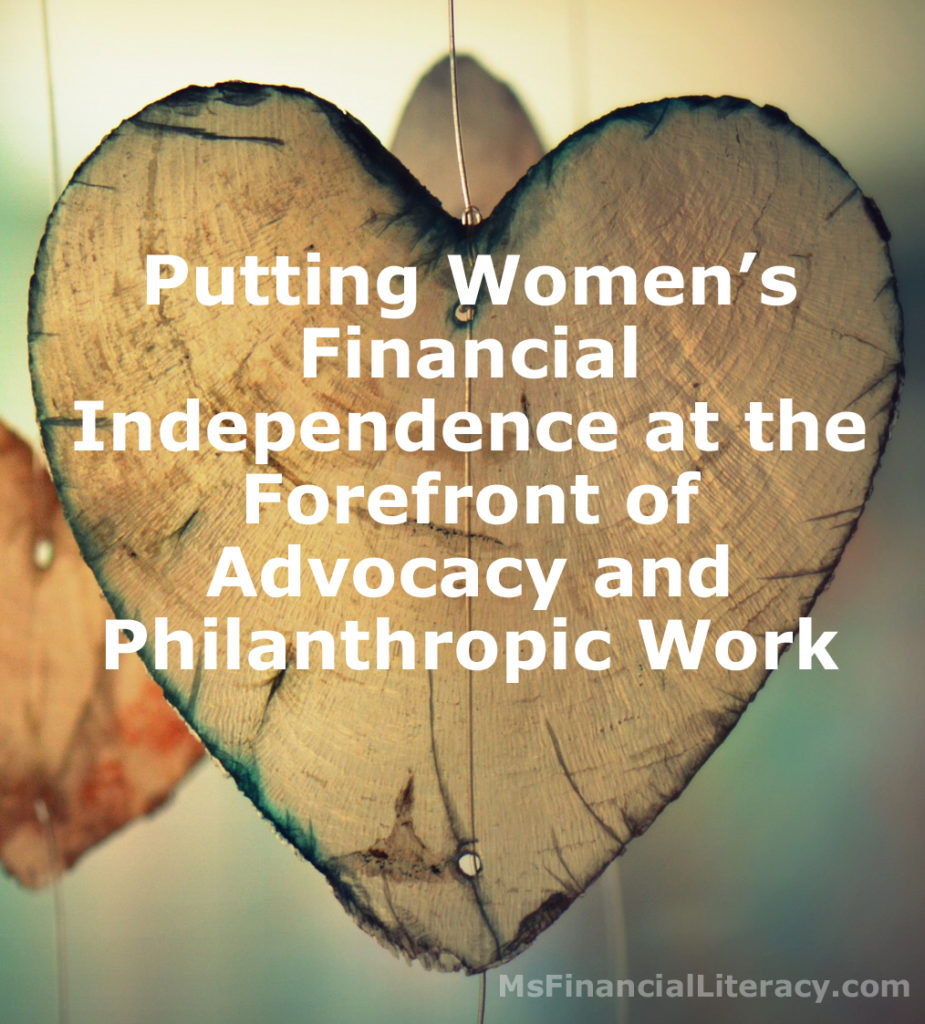
Running this blog is a passion that’s second nature to me. If my resume is an indicator of what I value and what I’m passionate about, it would say that I’ve been a strong proponent of advocacy work. I’m grateful for all the leaders who are volunteering their time, energy and money working tirelessly turning their visions into realities. It’s no surprise then that once I created a Twitter account, I followed @MelindaGates and @LeanInOrg. I enjoy being part of this inspirational and uplifting community. As for myself, even though Ms. Financial Literacy blog is a small platform now, I feel like I’m spreading an important message here while sharing practical and valuable contents.
Recently, @MelindaGates and her supporters have been doing lots of work and running campaigns empowering more women and girls to become technology innovators. I absolutely believe in and support this cause. In the same spirit, in this post I am sharing why I believe empowering and supporting women to be financially independent is good for the world, too. Knowing what I know now about the freedom and sense of fulfillment that comes with being financially independent, I have this vision of my own–that our world would be a much better and sustainable place to live in when (1) we aren’t constantly worried about money and we can take care of ourselves and follow our hearts and passions while making a contribution in the world; (2) we are able to build meaningful relationships with those we truly love and care about and (3) we are thinking about our planet as we align our behaviors with our core values.
Recommended reading: Your Money or Your Life and Money, A Love Story
#1) Focusing on Personal Growth and Your Contributions in the World
As women across the globe join high ranking/high paying job sectors, we need the tools and skills to help us become financially secure and stay self-reliant. Having a high income is not the whole story to a woman’s financial independence (FI), but supporting a woman to have a FI mindset and live her life according to FI principles and values is a step closer.
The first step in the process is becoming aware of what lies ahead once FI is achieved, which is freedom and self-satisfaction. The process also requires us to reexamine our values and identify what makes us feel fulfilled. If staying in the “rat race” is not a priority, then we need to come up with an exit plan in order to pursue what truly matters to us. That is, view the high ranking/high paying job as a means to FI (having high income certainly helps speed up the process), but always keep in mind the end goal. Once one decides that FI is what’s desired, then there is a need to make conscious choices to live life a certain way and be okay with that (e.g., minimizing spending, minimizing waste, having a long-term view of money invested today). From my own experience, working toward financial independence takes discipline and hard work, however, I believe that all the hard work is absolutely worth it. True individual freedom cannot exist without financial security and freedom from all money woes.
Once FI is achieved, we can begin to lead a life without financial constraints, where we can take care of ourselves financially, be free from owing others and free to do as we choose. With FI, we can finally sleep well at night and take care of our health. And we can finally summon back the life and creative energy that our money worries once sucked away from us and begin putting this energy toward pursuing our passions and building our dreams. From hereon, when we choose to do something, it’s because we want to and not because we feel obligated to do so. And when we do something, all the big and small decisions we make will be in accordance with our values and our own terms. In other words, financial freedom allows us to focus on personal growth. We now have the time to work on improving our health, pursue hobbies and learning of our choice, and do meaningful work. Yes, knowing that we no longer owe anybody anything puts us more in control of our lives, and as a result, we feel empowered and become more confident. This sense of empowerment and confidence is not of the same kind that one would derive from having a high status and/or high paying job.


